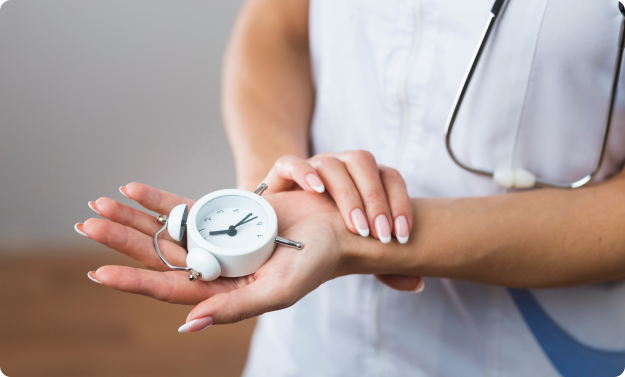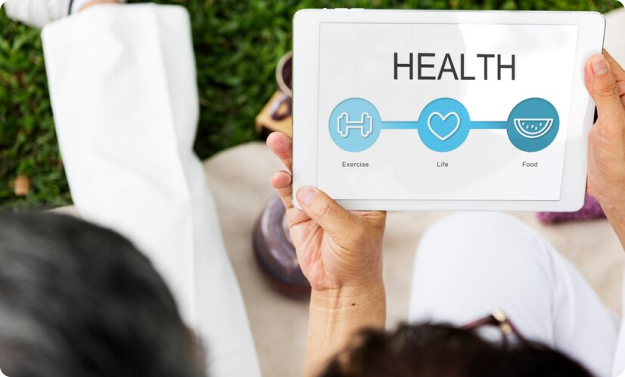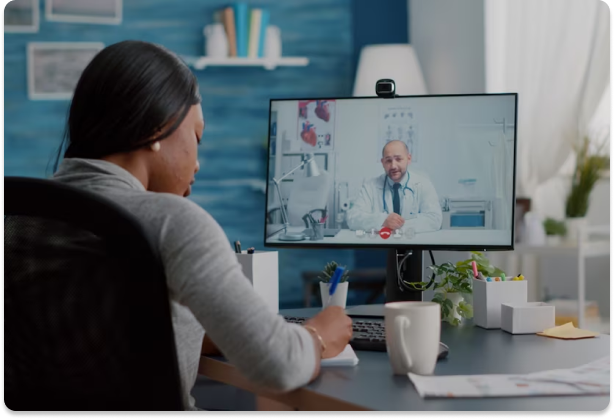IoT Integration
At MedLifeLog, we are at the forefront of healthcare innovation. Our commitment to comprehensive patient care extends to the integration of Internet of Things (IoT) devices with our AI-powered kiosk. In this section, we explore the strategic decision behind MedLifeLog’s incorporation of IoT technology, enhancing the capabilities of our kiosk and empowering patients and healthcare providers with real-time data-driven insights.

IoT devices, when linked to the Med Life Log Kiosk, enable the continuous collection of real-time patient data. These devices seamlessly transmit vital health metrics, allowing the AI to analyze the information and generate accurate health assessments.
Example: A patient with a chronic heart condition has a wearable IoT device that monitors their heart rate, blood pressure, and oxygen saturation. This data is wirelessly transmitted to the MedLifeLog Kiosk, where the AI instantly assesses the patient’s cardiovascular health and provides personalized recommendations to manage their condition effectively.





Example: An elderly patient wears an IoT-enabled fall detection device. If a fall is detected, the device immediately sends an alert to the MedLifeLog Kiosk. The AI promptly notifies the patient’s emergency contacts and healthcare provider, enabling swift assistance and reducing response time in critical situations.
The integration of IoT devices allows for real-time monitoring of treatment effectiveness. The AI analyzes data from these devices to track patient progress and recommends personalized treatment adjustments as needed.
Example:A diabetic patient’s glucose levels are monitored using an implanted IoT sensor. The MedLifeLog Kiosk’s AI analyzes the glucose data and, noticing a persistent increase, alerts the patient’s endocrinologist. Based on this real-time insight, the treatment plan is adjusted, helping the patient achieve better blood sugar control.


Example: A patient with respiratory issues uses an IoT-enabled spirometer to monitor lung function daily. Over time, the AI identifies a gradual decline in lung capacity. The patient’s pulmonologist is alerted, and early interventions are initiated to prevent further deterioration.
Example: A post-surgery patient utilizes an IoT-enabled wearable to track wound healing. During a telehealth consultation, the patient shares real-time wound images and healing progress with their surgeon via the MedLifeLog Kiosk. The surgeon provides personalized guidance and ensures optimal recov


The vast data collected from IoT devices connected to the kiosk contributes to valuable medical research. Anonymous and aggregated data can be analyzed to gain insights into disease patterns, treatment outcomes, and population health trends.
Example : MedLifeLog collaborates with medical researchers to study the impact of air quality on respiratory health. IoT devices measure air pollutants and patients’ lung function. The aggregated data offers insights into environmental factors affecting lung health and guides public health initiatives.